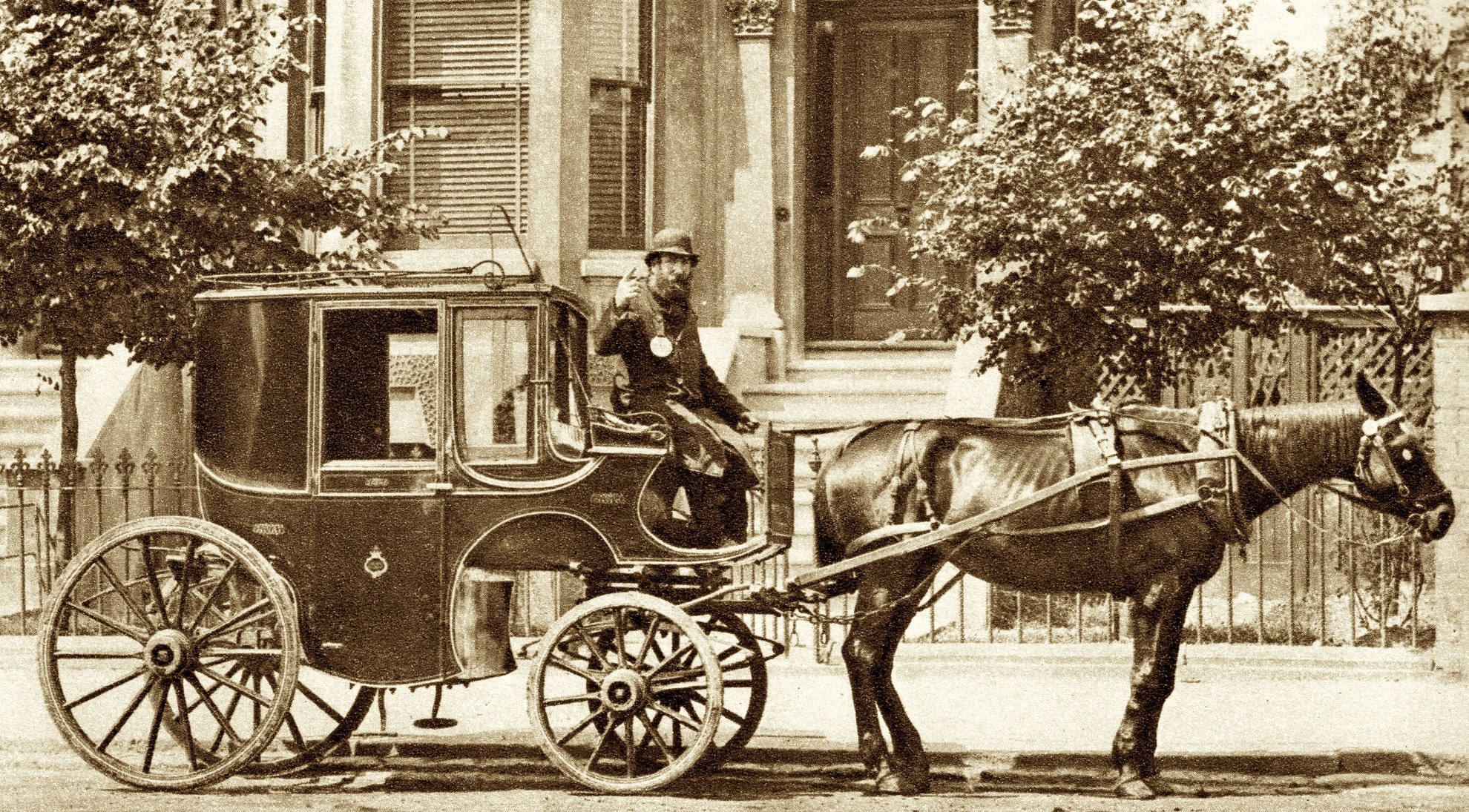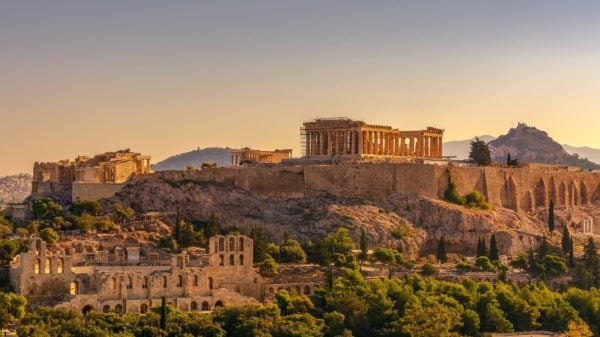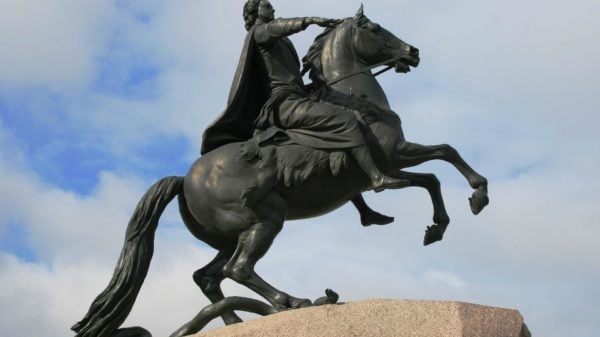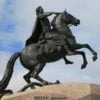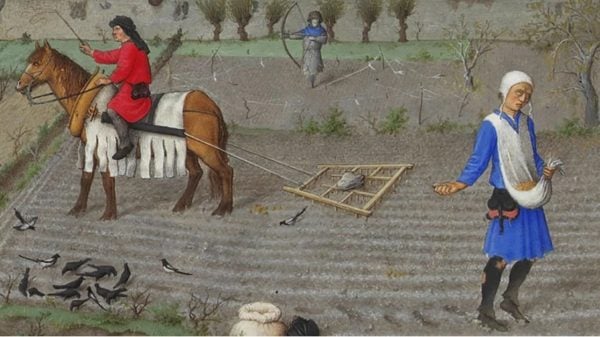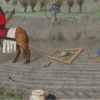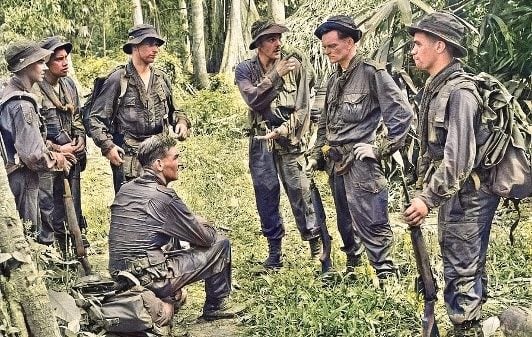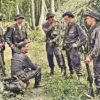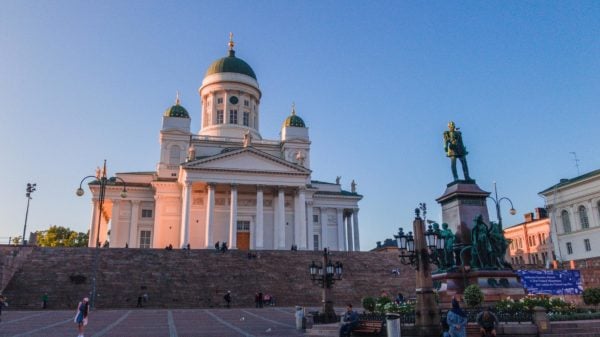Whenever you watch an old movie or a movie based on plots that revolved around centuries ago, chances are, their mode of transportation is horses. This type of transport was riding the horse itself or attaching a cart or a buggy to the horse to carry passengers. Did you ever wonder when the time was that people just said they would not ride horses anymore as their primary transportation? What led to the changes? Read more below to find out!
Just to backtrack, during the 19th century, the use of horses for transportation spiked. The reason for the increase in the use of horses was the Industrial Revolution. Goods were being produced, moved around, and distributed all the time, so more people started acquiring horses. In the United States, horses in urban areas even outnumbered people. Records claim that the ratio of horses to people during that time was three to one.
The number one reason people started to lose interest in using horses for transportation was how unsanitary it was. Horse poop was everywhere. Accordingly, these horses’ manure became a growing concern because all empty lots became dumping grounds for their poop.
Aside from the smell and the sight of it, the manure caused severe problems. It attracted flies, and these insects carried different diseases. The feces and the horse’s urine also seeped into the groundwater, so the wells got contaminated, affecting different municipalities’ water supplies. Because of the contaminated water, the mortality rate of infants skyrocketed. During the winter, the problem was not less harmful. The dried out manure turned into dust, and it was breathed in by the people.
Another problem was the death of horses, especially those in the urban areas. These horses usually died in the streets, and they could not move them because of their weight. The owners of these horses then left these dead animals to rot in the streets. When the dead horses’ bodies decomposed and it could be easier to move them, the people also took them to the giant manure piles. You could only imagine how awful everything was.

An old photo of a horse-drawn carriage in New York.
Urban planners wanted to end these issues once and for all. They then held an international planning conference in New York City, and they discussed possible solutions. The meeting was supposed to be for ten days, but on the third day, the planners just gave up, saying that the best they could do was manage the horse manure.
They did not have long-term solutions, but the automobile got invented at the right time. Automobiles’ inventors did not solely create the cars to solve the problem brought about by transportations through horses. However, the automobiles were originally called horseless carriages. After it got marketed to the public, it started to be popular. People who lived in the city began purchasing cars because it was cheaper and did not leave poop all over the place. By 1910, there were more cars in New York City than horses.
However, automobiles brought pollution mostly to London and New York City. People did not stop using cars despite this adverse effect. Accordingly, people would rather have polluted air from internal combustion engines than the smell of horse manure.


